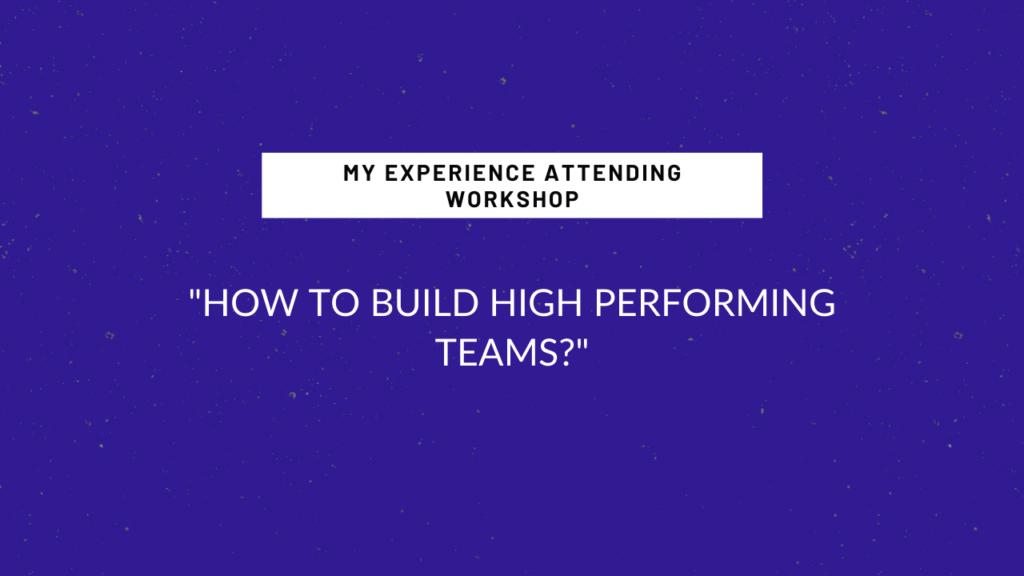How AI is being used globally to fight coronavirus?

As of 10th April, 6500+ confirmed cases had been reported in India. While the government across the globe are working in collaboration with the local authorities and health care providers to track, respond to and prevent the spread of the disease that is being mainly caused by the coronavirus, health experts are turning to advanced analytics and AI to augment current efforts to prevent further infection.
Data and analytics have proved to be useful in combating the spread of the disease, and the federal government has access to the ample data on the India population health and travel as well as the migration of both the domestic and wild animals – all of which can be useful in predicting and tracking disease trajectory.
Machine learning ability to consider a large amount of data and offer insights can lead to a deeper knowledge about the diseases and enable India health and government officials to make better decisions throughout the entire evolution of an outbreak.
Government health agencies can use AI technology in four ways to limit the spread of the COVID-19 and some other diseases:
- Prediction
As the global human population grows and continues to interact with animals, other opportunities for the viruses that originate in animals could make the jump from humans and spread. India has seen this in recent years, from the recent SARS and MERS viruses to new firms of the flu and even in the 2018 Ebola crisis in West Africa, where it was founded and discovered that the Ebola outbreak resulted from a toddler interacting with bats in a tree stump.
Government and public health officials can use this data to be proactive and take steps to prevent these kinds of outbreaks – or at a minimum, do a better job preparing for them.
- Detection
When any of the unknown viruses make the jump to humans, time becomes a precious resource. The quicker a disease outbreak is detected, the sooner action can be taken to stop the spread and effectively treat the infected population. AI can help here, as well.
- Response
After a disease event is identified, making informed decisions in a timely manner is critical to limiting the impact. AI can integrate travel, population, and disease data to predict where and how quickly a disease might spread.
Additionally, using AI to predict disease spread, it can improve the application of current treatment and accelerate the time it takes to develop new treatments. Radiologists are also using the AI deep learning – machine learning systems that learn from experience with large data sets, to make better treatment decisions based on medical imaging.
- Recovery
Once an outbreak is contained or has ended, governments and global health organizations must make decisions about how to prevent or limit outbreaks in the future. Machine Learning can be used here too by simulating different outcomes to test and validate policies, public health initiatives and response plans.
Moreover, AI permits policy makers and health leaders to conduct a host of “what-if” analyses that will enable them to make data-driven decisions that have an increased likelihood of being effective.
RECENT POSTS
-
 Clavent’s Emerge 2020 Martech Summit Goes Virtual, powered by CleverTap08 Sep 2020 PR
Clavent’s Emerge 2020 Martech Summit Goes Virtual, powered by CleverTap08 Sep 2020 PR -
 Emerge 2020 HR Tech Summit Concluded Successfully12 Jul 2020 PR
Emerge 2020 HR Tech Summit Concluded Successfully12 Jul 2020 PR -
 Emerge 2020 HR Tech Summit12 Jul 2020 PR
Emerge 2020 HR Tech Summit12 Jul 2020 PR -
 My Experience Attending "How to Build High Performing Teams?" - Workshop On How to be a Good Manager.12 May 2020 Authored Articles
My Experience Attending "How to Build High Performing Teams?" - Workshop On How to be a Good Manager.12 May 2020 Authored Articles -
 Top Quantum Computing Companies to look out for in 202029 Apr 2020 Listicles
Top Quantum Computing Companies to look out for in 202029 Apr 2020 Listicles
